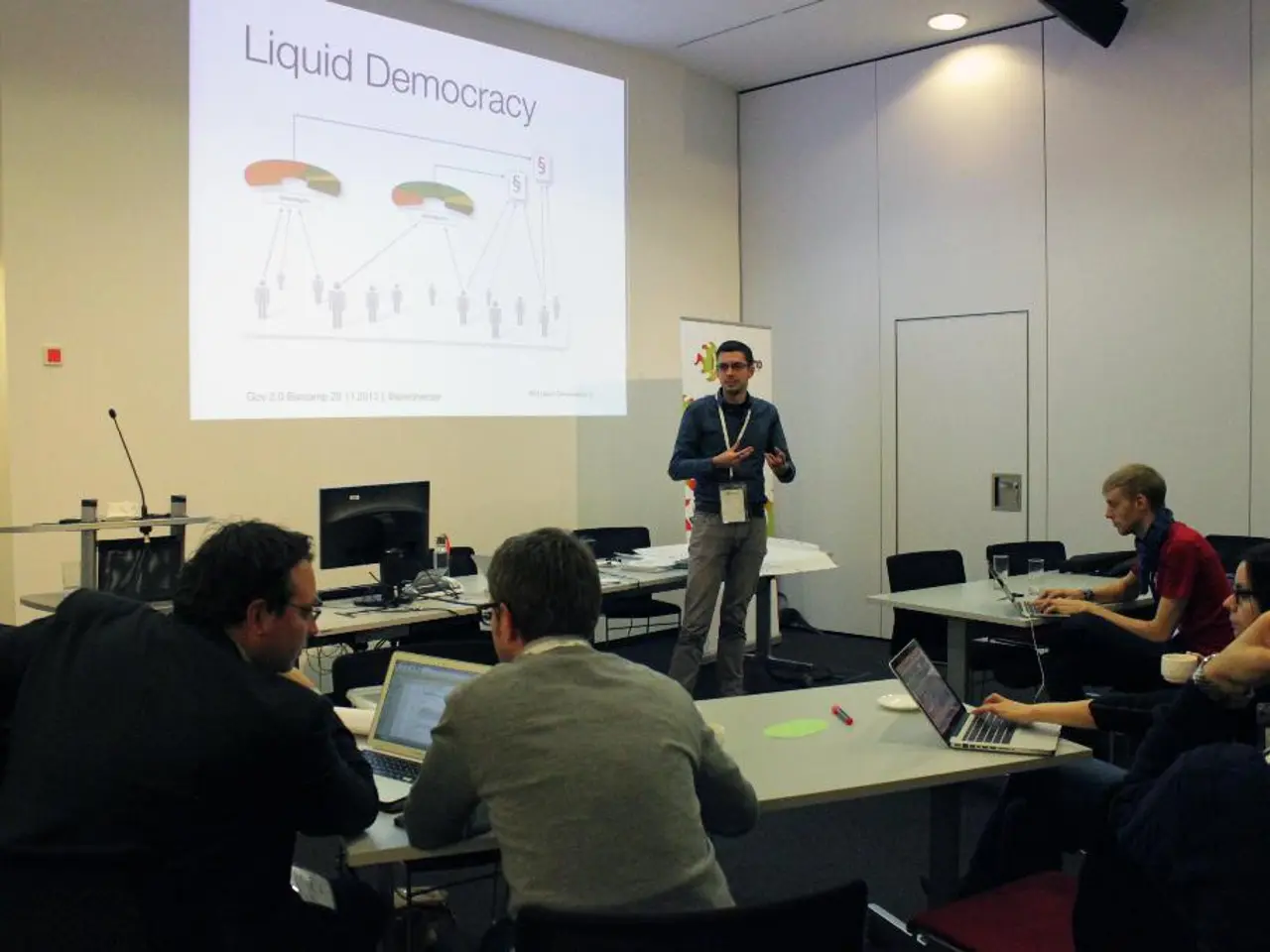Improve Collaboration Among Your Team Using Lync Conferences: A Step-by-Step Guide for Smooth Communication
Microsoft Lync Conference (LyncConf) has proven to be a valuable tool for enhancing productivity through efficient data sharing, particularly within Windows environments. However, it's important to acknowledge the common challenges and limitations that businesses may encounter when implementing LyncConf.
One of the main issues is the integration with non-Microsoft software. LyncConf's reliance on Microsoft APIs and protocols can lead to compatibility issues when integrating with third-party tools. To ensure seamless integration, careful testing and sometimes the development of custom connectors or APIs may be required. The complexity of checking mods for compatibility with Lync versions and external platforms can increase implementation complexity.
Another challenge is the learning curve for new users. Introducing new features or mods to LyncConf often necessitates training and documentation to help users adapt effectively. Without proper education and communication, there can be resistance, misuse, or underutilization of conferencing tools. The user adoption process can be slowed down by the need to master interfaces and workflows that may not be intuitive, especially for those unfamiliar with Microsoft conferencing ecosystems.
Some advanced server-side customization or integration requires expertise in PowerShell scripts, server configuration, and APIs, which can strain IT resources. Additionally, regular updates and testing are needed to keep mods compatible with Lync updates, adding ongoing workload for support teams.
Moreover, poorly vetted or implemented mods can introduce vulnerabilities, making validation and sandbox testing essential before deployment.
Despite these challenges, LyncConf offers several advantages. Real-time messaging and instant screen sharing facilitate immediate collaboration, while integration with Microsoft Office applications like Outlook enables scheduling and interaction enhancements. LyncConf's flexible licensing fits varying user needs without redundant overheads.
Participants enjoy clear presentations through high-definition video and voice qualities, and LyncConf provides cost-effective solutions by minimizing travel expenses and allowing remote work connectivity. Built-in security and encryption in LyncConf reduce the need for additional protective measures.
As Microsoft Teams becomes the dominant platform, the challenges with LyncConf mods highlight the broader issues of customization, integration, and user training in enterprise conferencing solutions. Businesses must carefully consider these factors when deciding to adopt LyncConf or other conferencing tools.
In conclusion, while LyncConf offers numerous benefits, businesses face significant integration limits with non-Microsoft software due to compatibility and technical complexity, as well as a learning curve that requires dedicated training for successful user adoption.
[1] Integration with Non-Microsoft Software: https://docs.microsoft.com/en-us/lync/lync-server/lync-server-2013-interoperability [2] Learning Curve for New Users: https://docs.microsoft.com/en-us/lync/lync-server/lync-server-2013-training-and-documentation
- The integration of LyncConf with non-Microsoft software can be complex due to potential compatibility issues with third-party tools, necessitating careful testing and, at times, custom connectors or APIs for seamless operation.
- A significant challenge when adopting LyncConf is the learning curve for new users, as they may require training and documentation to effectively utilize its features, particularly those unfamiliar with Microsoft conferencing ecosystems.




